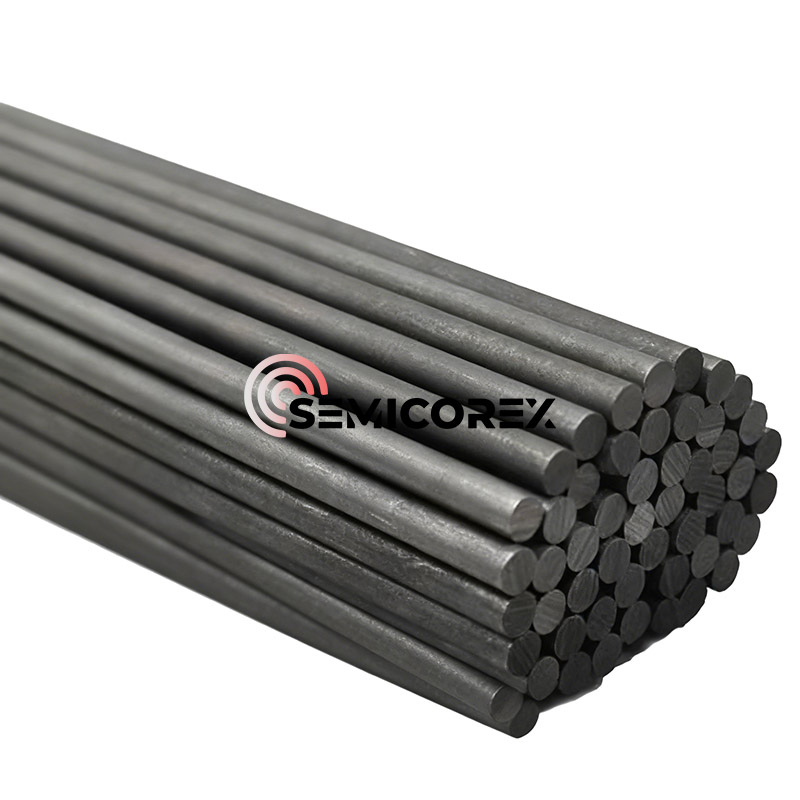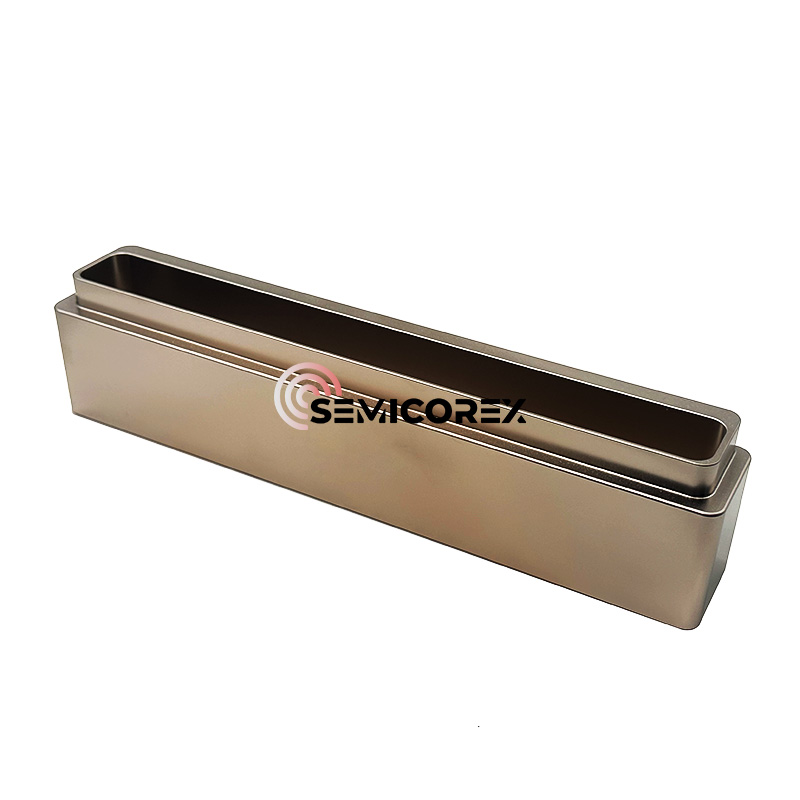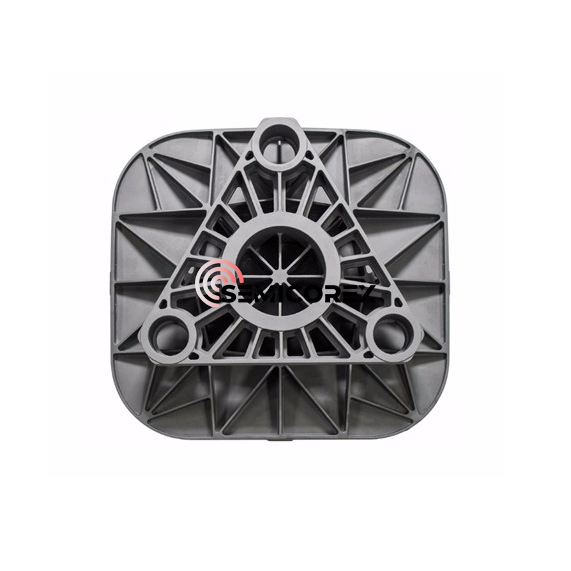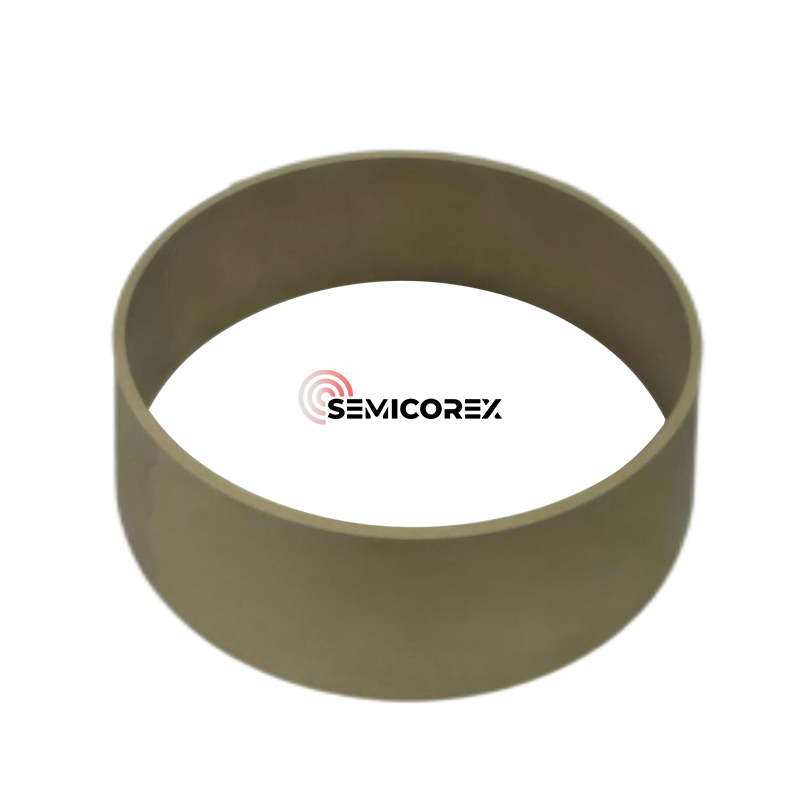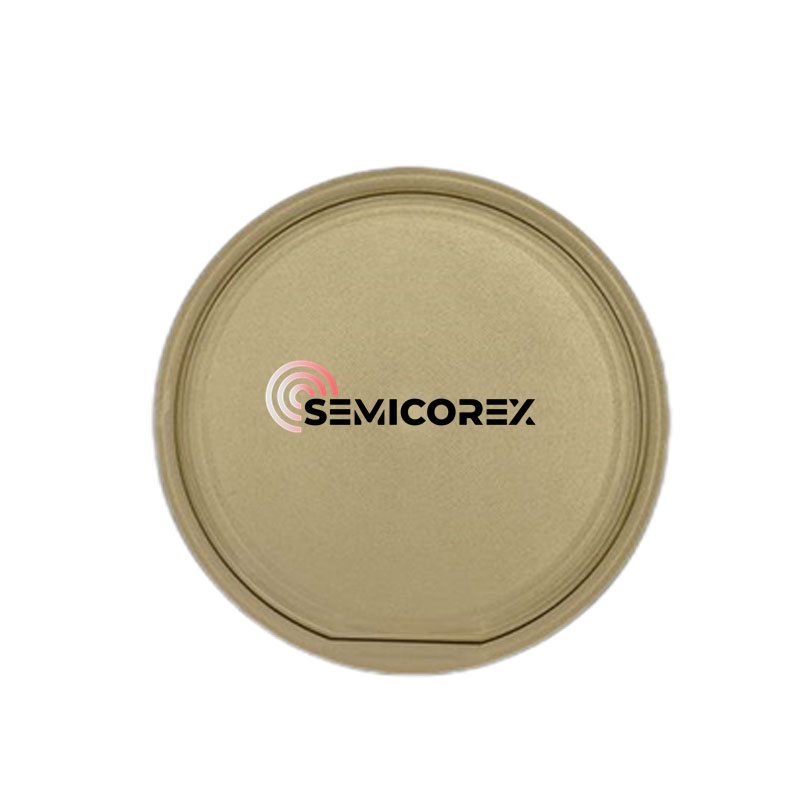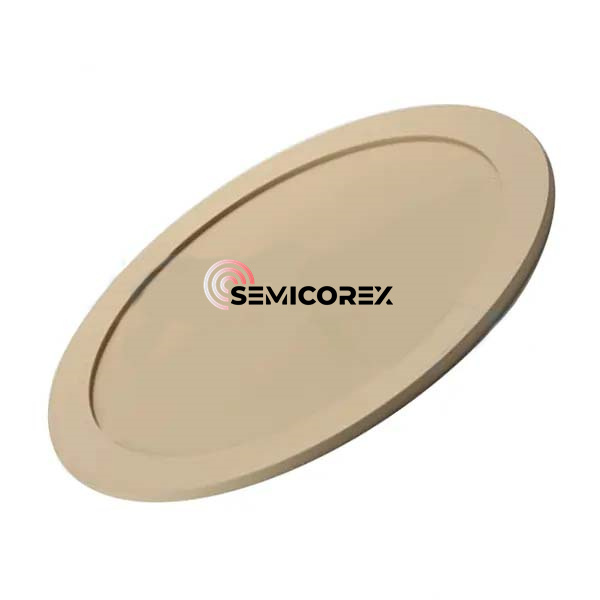
- English
- Español
- Português
- русский
- Français
- 日本語
- Deutsch
- tiếng Việt
- Italiano
- Nederlands
- ภาษาไทย
- Polski
- 한국어
- Svenska
- magyar
- Malay
- বাংলা ভাষার
- Dansk
- Suomi
- हिन्दी
- Pilipino
- Türkçe
- Gaeilge
- العربية
- Indonesia
- Norsk
- تمل
- český
- ελληνικά
- український
- Javanese
- فارسی
- தமிழ்
- తెలుగు
- नेपाली
- Burmese
- български
- ລາວ
- Latine
- Қазақша
- Euskal
- Azərbaycan
- Slovenský jazyk
- Македонски
- Lietuvos
- Eesti Keel
- Română
- Slovenski
- मराठी
- Srpski језик
Guide Ring
Semicorex Guide Ring with CVD tantalum carbide coating is a highly reliable and advanced component for SiC single crystal growth furnaces. Its superior material properties, durability, and precision-engineered design make it an essential part of the crystal growth process. By choosing our high-quality Guide Ring, manufacturers can achieve enhanced process stability, higher yield rates, and superior SiC crystal quality.*
Send Inquiry
Semicorex Guide Ring is a crucial component in the SiC (Silicon Carbide) single crystal growth furnace, designed to optimize the crystal growth environment. This high-performance guide ring is manufactured from high-purity graphite and features a state-of-the-art CVD (Chemical Vapor Deposition) tantalum carbide (TaC) coating. The combination of these materials ensures superior durability, thermal stability, and resistance to extreme chemical and physical conditions.
Material and Coating
The base material of the Guide Ring is high-purity graphite, chosen for its excellent thermal conductivity, mechanical strength, and stability at high temperatures. The graphite substrate is then coated with a dense, uniform layer of tantalum carbide using an advanced CVD process. Tantalum carbide is well known for its exceptional hardness, oxidation resistance, and chemical inertness, making it an ideal protective layer for graphite components operating in harsh environments.
The third generation wide bandgap semiconductor materials represented by gallium nitride (GaN) and silicon carbide (SiC) have excellent photoelectric conversion and microwave signal transmission capabilities, and can meet the needs of high-frequency, high-temperature, high-power and radiation-resistant electronic devices. Therefore, they have broad application prospects in the fields of new generation mobile communications, new energy vehicles, smart grids and LEDs. The comprehensive development of the third generation semiconductor industry chain urgently requires breakthroughs in key core technologies, continuous advancement of device design and innovation, and resolution of import dependence.
Taking silicon carbide wafer growth as an example, graphite materials and carbon-carbon composite materials in thermal field materials are difficult to meet the complex atmosphere (Si, SiC₂, Si₂C) process at 2300℃. Not only is the service life short, different parts are replaced every one to ten furnaces, and the infiltration and volatilization of graphite at high temperatures can easily lead to crystal defects such as carbon inclusions. In order to ensure the high quality and stable growth of semiconductor crystals, and considering the cost of industrial production, ultra-high temperature corrosion-resistant ceramic coatings are prepared on the surface of graphite parts, which will extend the life of graphite components, inhibit impurity migration and improve crystal purity. In the epitaxial growth of silicon carbide, a silicon carbide coated graphite susceptor is usually used to support and heat the single crystal substrate. Its service life still needs to be improved, and the silicon carbide deposits on the interface need to be cleaned regularly. In contrast, tantalum carbide (TaC) coating is more resistant to corrosive atmosphere and high temperature, and is the core technology for the "growth, thickness, and quality" of such SiC crystals.
When SiC is prepared by physical vapor transport (PVT), the seed crystal is in a relatively low temperature zone, and the SiC raw material is in a relatively high temperature zone (above 2400 ℃). The raw material decomposes to produce SiXCy (mainly containing Si, SiC₂, Si₂C, etc.), and the gas phase material is transported from the high temperature zone to the seed crystal in the low temperature zone, and nucleates and grows to form a single crystal. The heat field materials used in this process, such as the crucible, guide ring, and seed crystal holder, must be resistant to high temperatures and will not contaminate the SiC raw material and SiC single crystal. SiC and AlN prepared using TaC-coated graphite thermal field materials are cleaner, with almost no impurities such as carbon (oxygen, nitrogen), fewer edge defects, smaller resistivity in each region, and significantly reduced micropore density and etch pit density (after KOH etching), greatly improving the quality of the crystal. In addition, the weight loss rate of the TaC crucible is almost zero, the appearance is intact, and it can be recycled, which can improve the sustainability and efficiency of such single crystal preparation.


